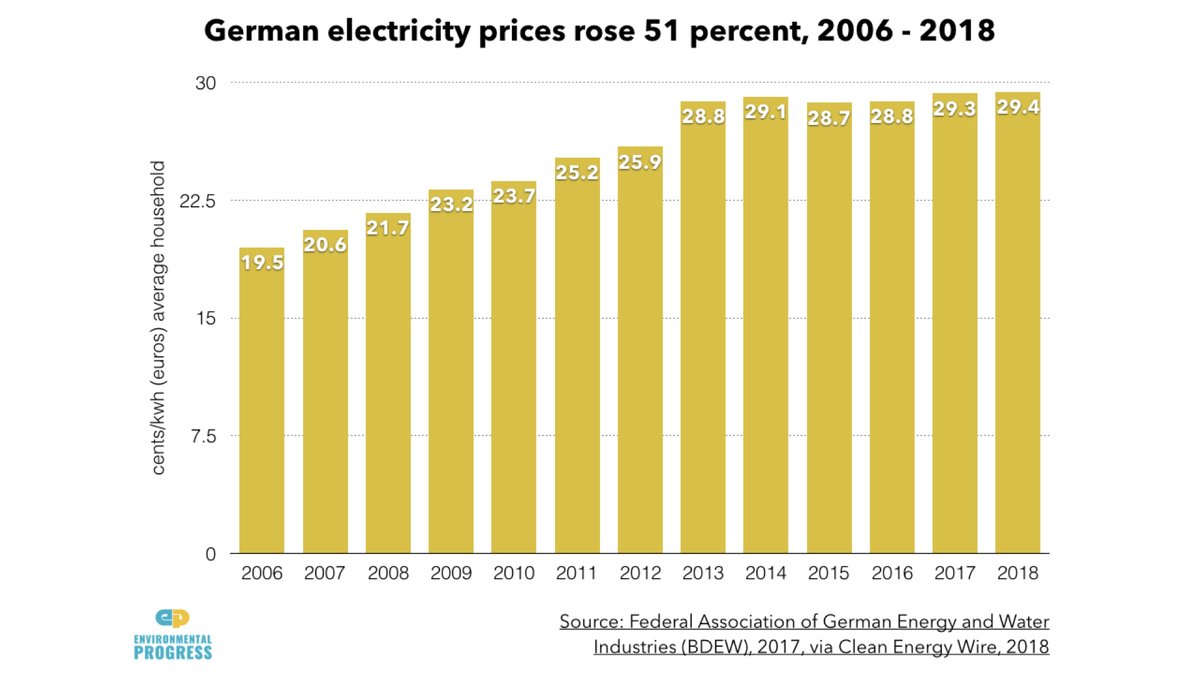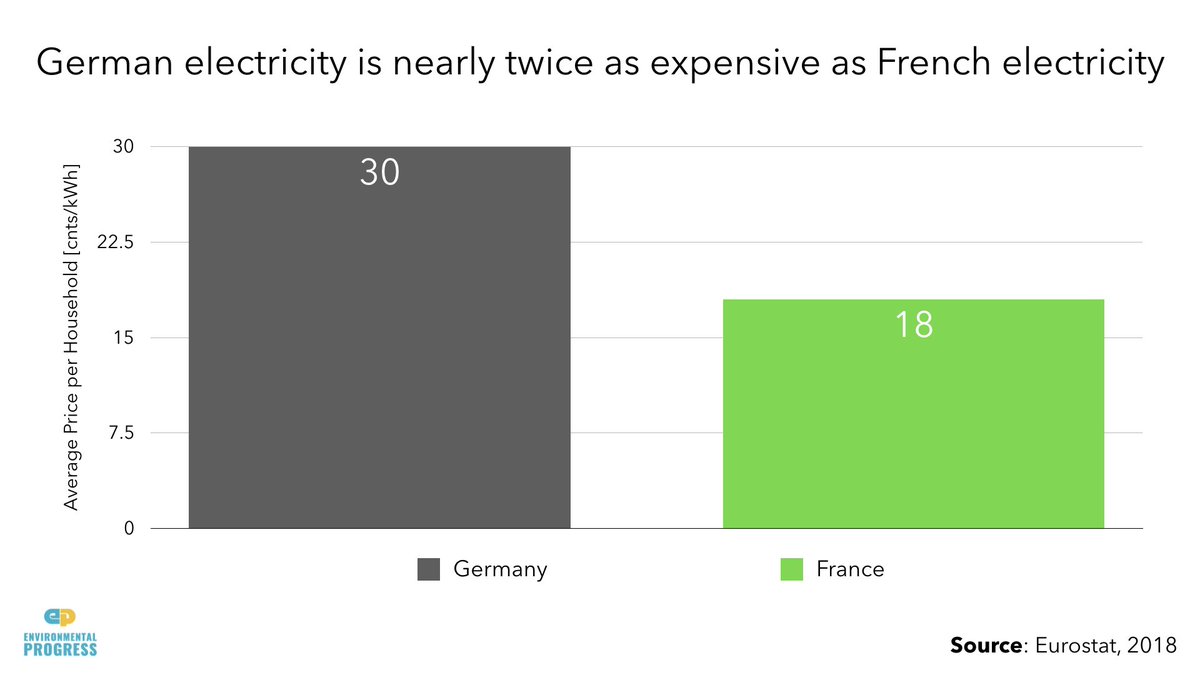Now, the UK and @BorisJohnson have major opportunity to lead the West on nuclear energy
Time to go big or go home
My latest with @ChrisBarnardDL
@Telegraph — please share!
telegraph.co.uk/politics/2020/…
Doing so would be a grave mistake for the UK and for the future of nuclear energy in the West.
sciencedirect.com/science/articl…
/END









